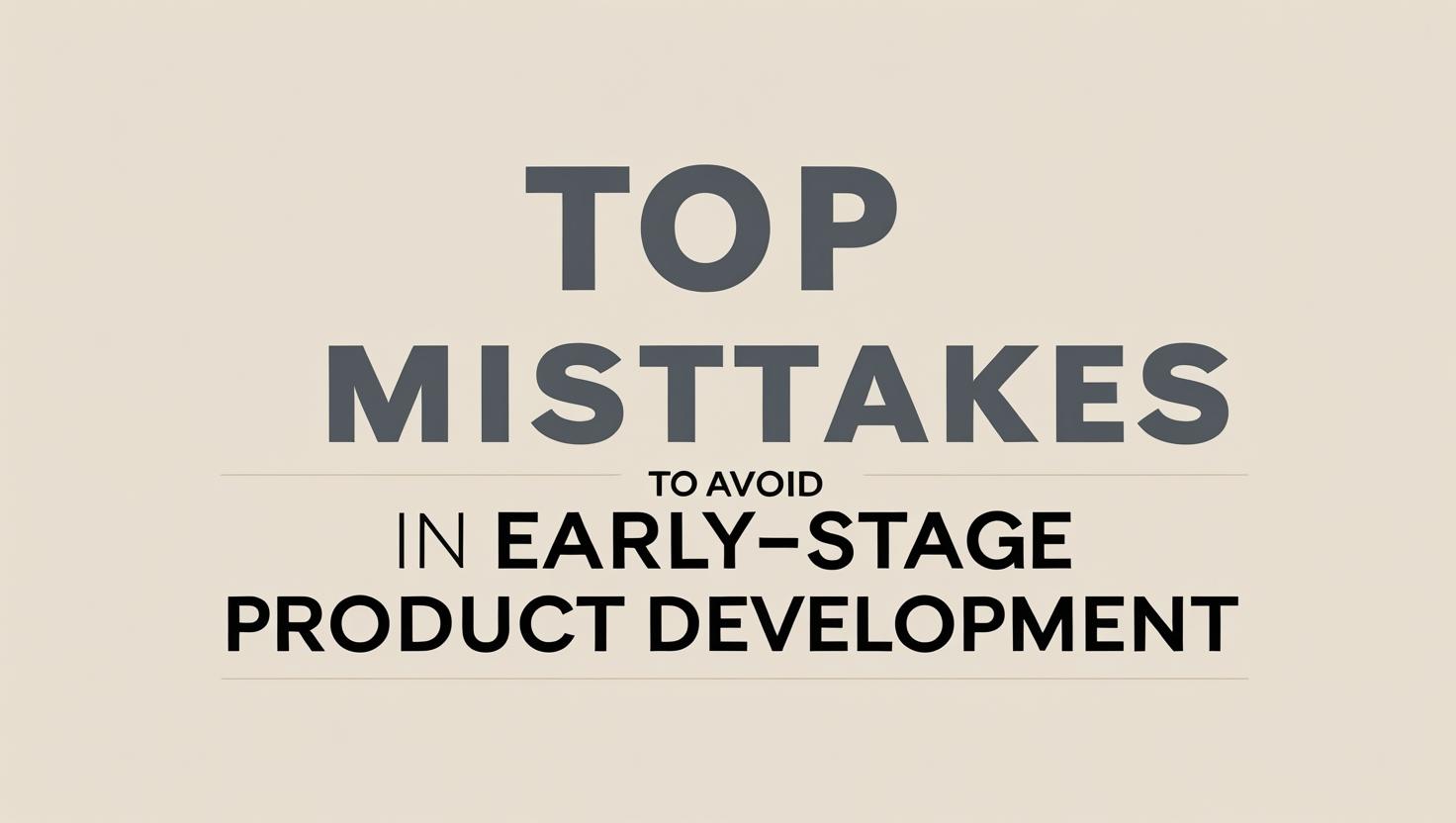
In today’s world, social media is essential to any business’s digital marketing strategy. Not only are most of your clients active on social media, but utilizing social media platforms for your business also makes it easy for your clients to find you and share your business with their friends. This being said, the vast number of people and businesses using social media means that the platforms are all heavily saturated and in order to stand out above the rest, you need to have a rock-solid social media strategy that will help turn heads to your accounts.
Creating a social media strategy can seem daunting, but the more specific your strategy is, the better it will be. Every business is different which means every social media strategy will also be different. Focusing your time and energy into building a strategy that’s specific to your business goals is the best way to put your best online foot forward!
Set Goals That Align With Business Objectives
When it comes to creating a social media strategy for your business, the first few things you want to think about are your business objectives, as they are going to play a large role in how your social media strategy will function.
For example, if you run a new, small business and your objectives are to build a client base and gain brand awareness, then your social media strategy should cater to these objectives. In this case, your social media strategy should focus on growing your brand’s audience through your social media channels and increasing brand awareness through content that is branded to your business.
Here are some easy ways to create branded content:
- Create graphics using your brand colours
- Add your brand logo to your graphics (where applicable)
- Leverage a business tagline if you have one
- Create a few graphic templates and reuse them to help create a consistent look
If your business is already fairly well established, then your objectives might be focused on driving traffic to your website and building community engagement. Creating a social media strategy that supports these objectives is only going to bolster your content, and can help inform you about what you post, how often you post, and where you’re directing the traffic that is generated from your social media platforms.
Check Out the Competition
One of the best ways to build a social media strategy for your business is to first see what your competitors are doing. Because so many businesses have a social media presence, this can be a great way to see what others are doing. This can allow you to get a feel for what kind of content resonates with people and gets good engagement.
After getting an understanding of what your competitors are doing, you can then begin to build your own social media strategy that leverages the content pieces that work while leaving out any content that isn’t likely to get the engagement you’re looking for.
Checking out your competition is also a great way to see if there are any gaps or niches within their social strategies. Filling in those gaps with your business’s social media can be a great way to reach new audiences and it can give you a leg up over your competition.
Create a Content Calendar
When building out a social media strategy, the content creation side of things can sometimes get overwhelming. It can be hard to know what to post and how often to post. The great news is that there are lots of great, free resources available, such as Canva, that make creating content a breeze.
Creating a social media content calendar is also a great way to schedule and plan your social media posts ahead of time. Not only will a content calendar help you to be more organized and prepared when it comes to posting to social media, but it can also be a great way to identify opportunities to leverage specific holidays or seasons to your advantage.
While putting together a content calendar might be a bit more time-consuming to put together in the beginning, it can save you time in the long run. Rather than worrying about what you’re going to be posting on a specific day, you can refer to your content calendar for inspiration and themes.
Don’t forget to include holidays in your content calendar, as they make for easy content pieces that take very little effort to put together!
Here are some easy content ideas for a content calendar:
- Holidays
- Host a giveaway or contest
- Plan themed weeks or months and build your content around those themes
- Celebrate team member’s birthdays
- Celebrate your business anniversary
Track Performance & Adjust Accordingly
Once you’ve started to put your social media strategy into action, one of the most important things to do is to track your performance and adjust as needed. It can be easy to get into a routine of posting the same types of content continuously, but if there are certain posts or content pieces that aren’t getting good engagement or aren’t reaching your audience, it’s important to recognize them and change things up.
If posts aren’t performing well, it can be discouraging but think of it as an opportunity to try something different that might expose you to a completely new audience.
As your business becomes more established on social media, use your audience to your advantage. In most cases, most people want to see the authentic side of a business (i.e. your brand personality and company culture) so lean into that. Genuine content is good content as it lets your audience get a glimpse of the person behind the brand. The more relatable you are the more receptive your audience is going to be to your content.
Don’t Be on Every Platform
With so many social media platforms out there to choose from, it can be easy to fall into the mindset that your business needs to be on every platform. It’s often better to choose one or two platforms that are best suited to your business and build a strategy around those specific platforms. It’s easy to sign up for every social media platform that’s available, but it can get overwhelming when it comes to creating content and maintaining a presence on every single one.
If you focus your energy on creating great content for one or two platforms, it will give you more time to focus on continuing to build your audience and improve your engagement. Every social media platform caters to a different audience, so it’s important to take that into account. It’s not going to be worth your time to pour energy into creating content for a Twitter profile when most of your audience is active on Instagram.
While social media can sometimes feel overwhelming, hopefully, these tips have given you a starting point to help you create a great social media strategy that will help you and your business continue to grow and thrive!







